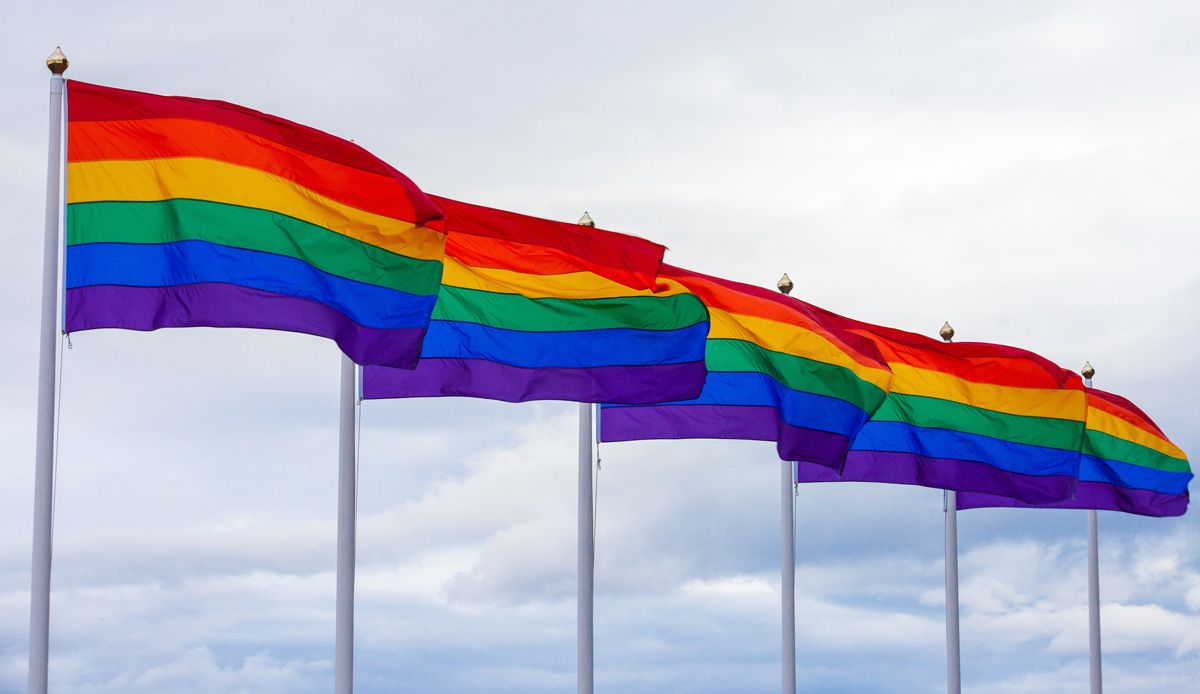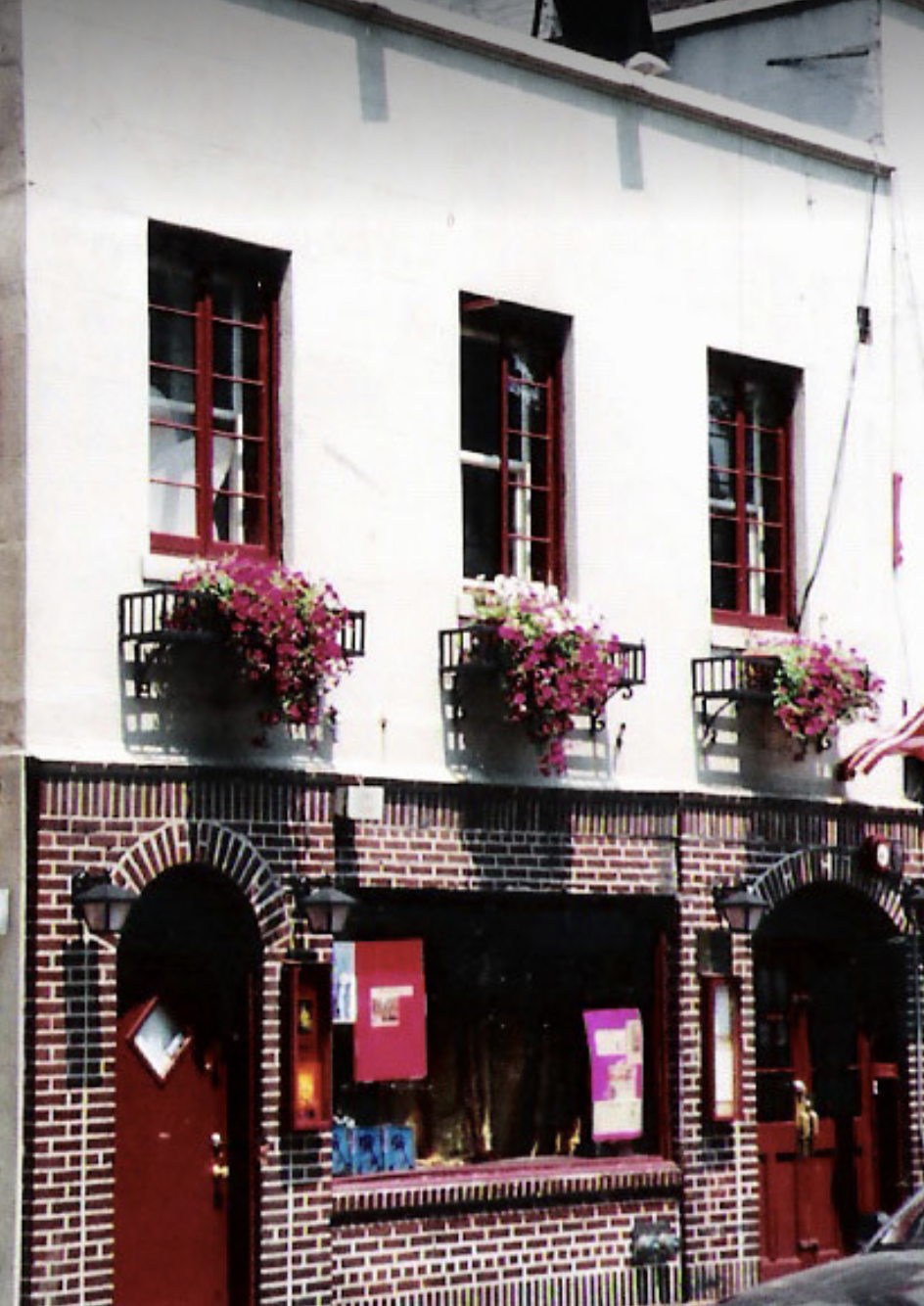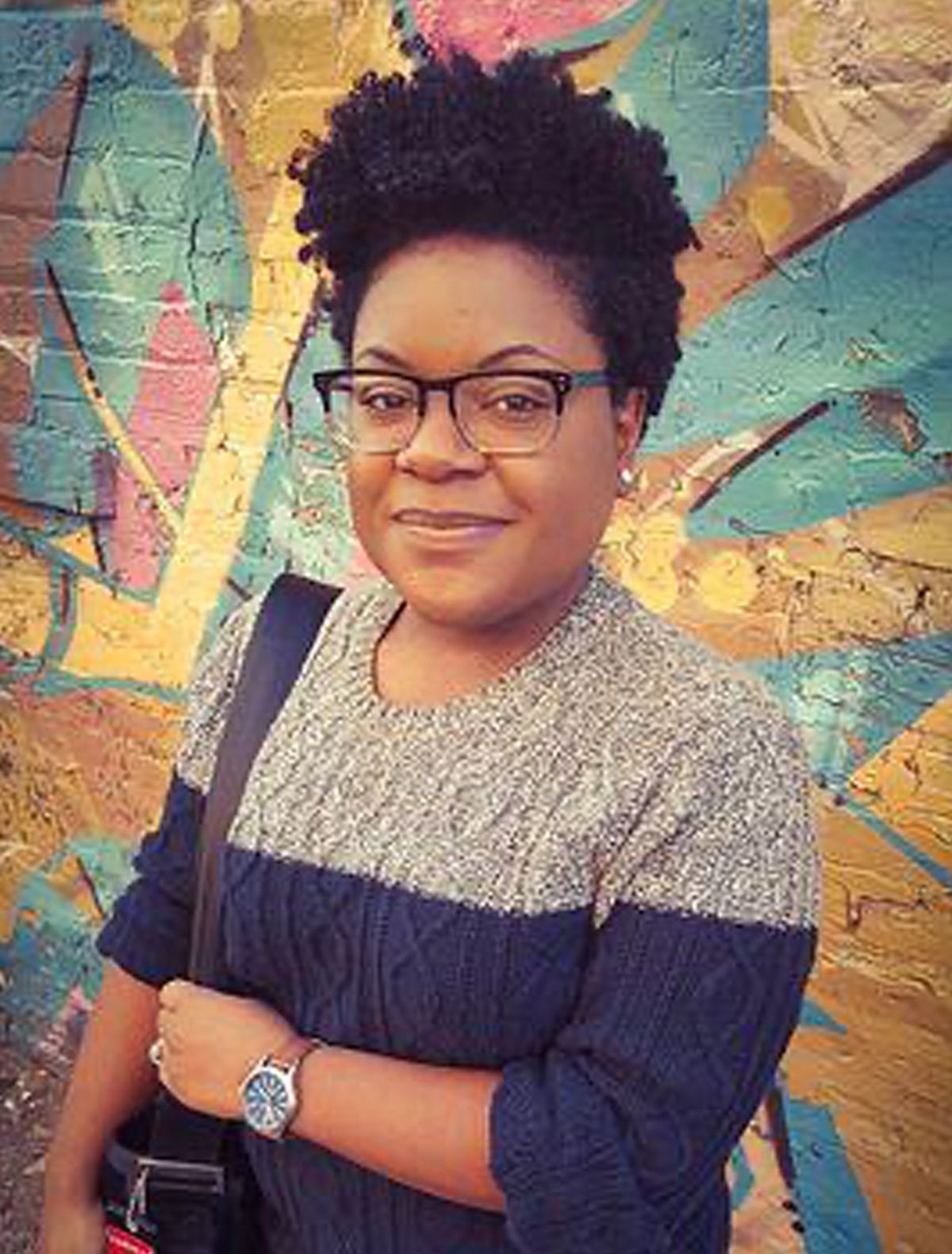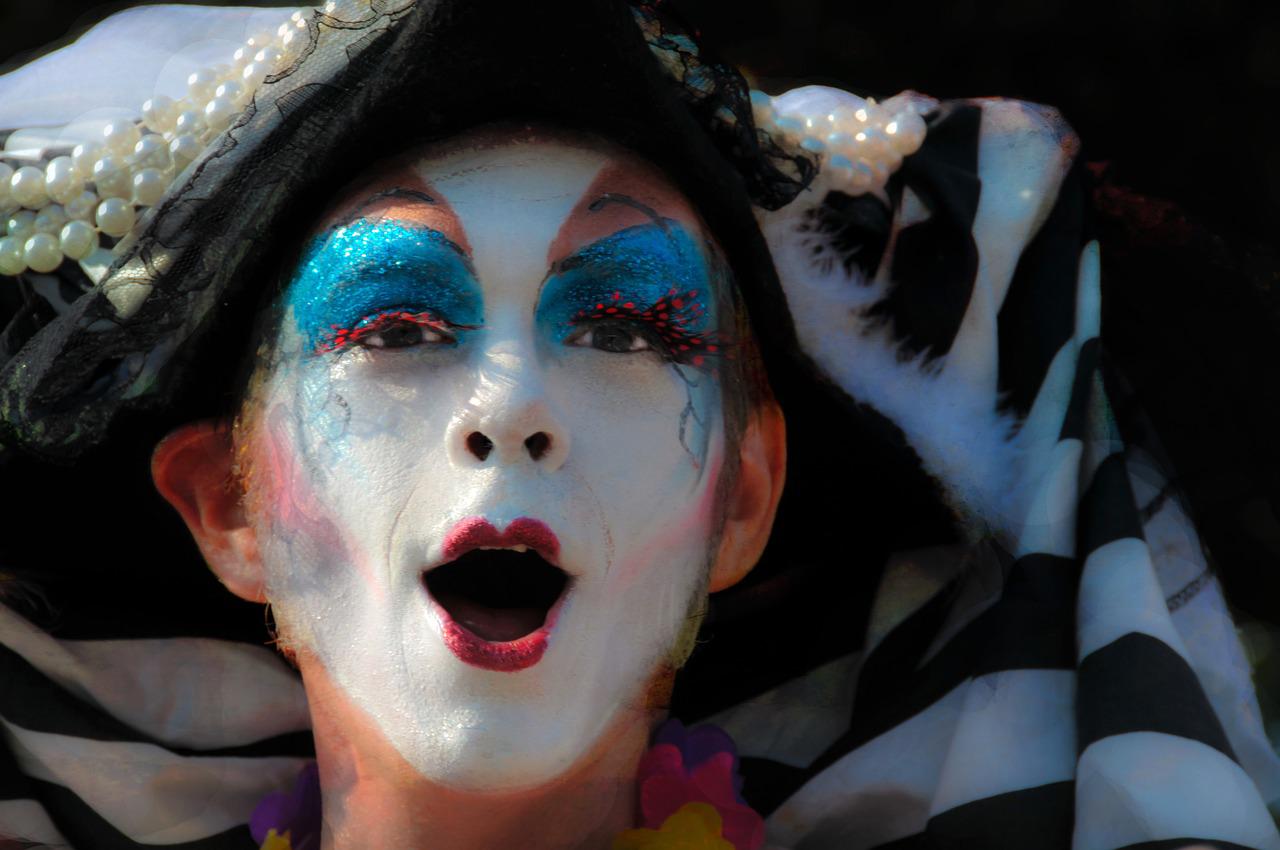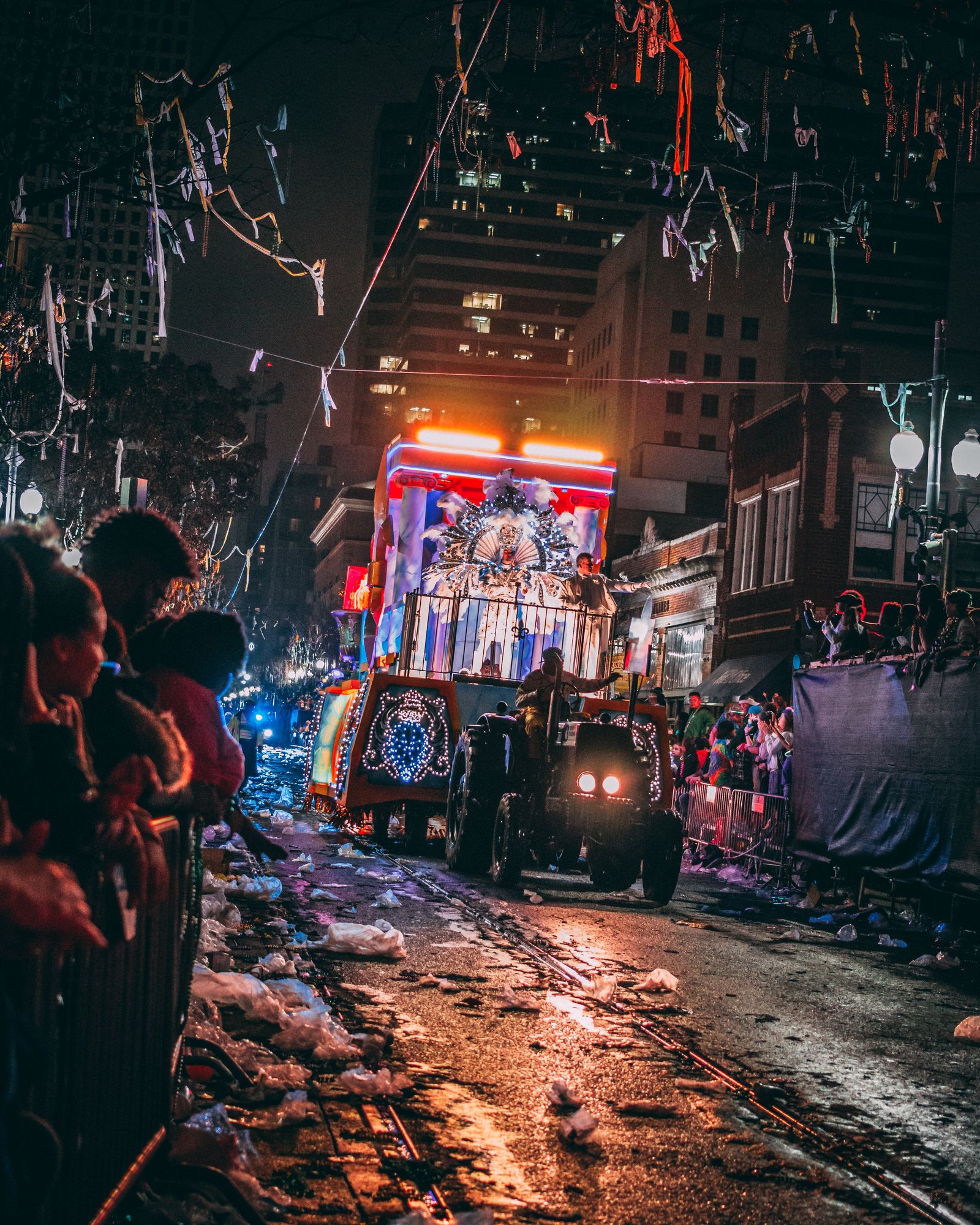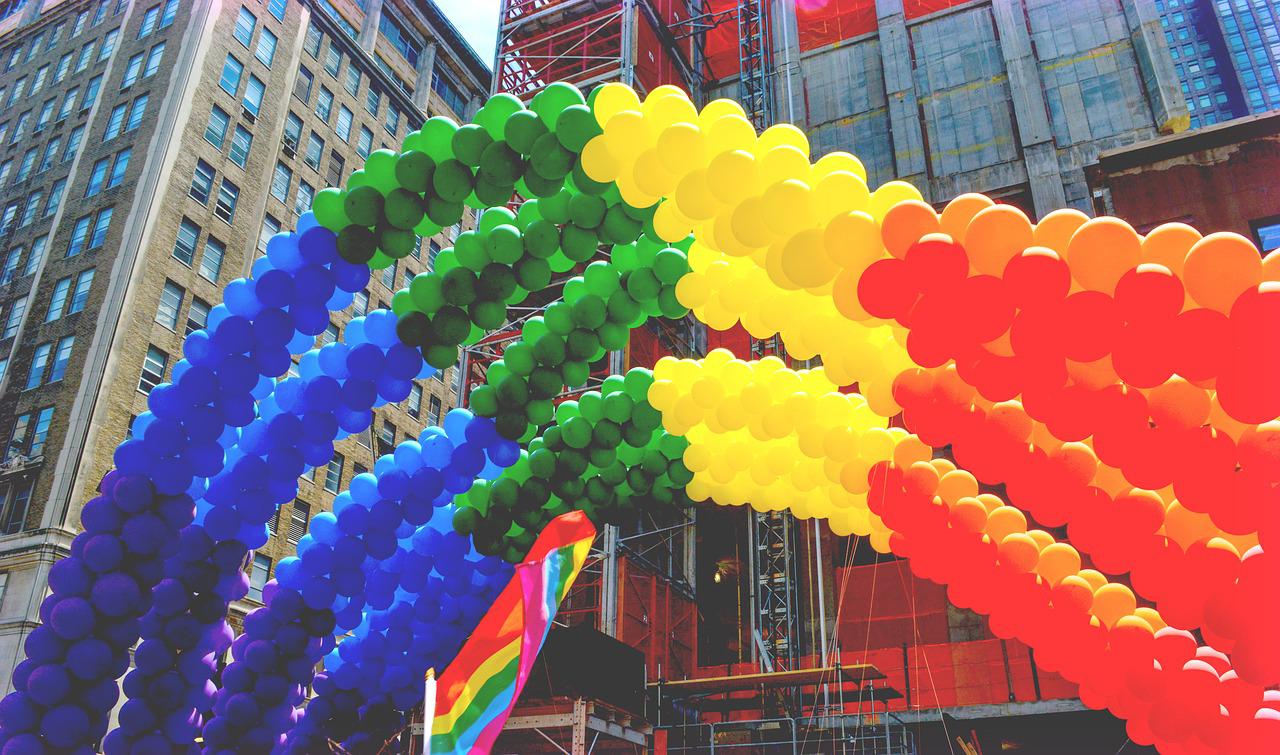Our human family blooms and bursts with diversity and joy!At our best, we humans delight in one another, celebrating our differences and marveling at the awe-inspiring breadth of our experiences. On some deep spiritual level, we understand that a tiny spark in each of us connects to a universal flame of consciousness and love. At our worst, we isolate ourselves into tribes, demonize the other, and seek to destroy the stranger. Much of the history of human culture centers around our efforts to transcend our baser natures and overcome our instinct to divide into hostile bands. The beginning of June marks a new cultural tradition — it’s time for Pride! What exactly is LGBT Pride?Why are we out in the streets chanting, singing, celebrating, and protesting? Why be proud of some innate condition like sexual orientation or gender alignment? And for heaven’s sake, why dance half-naked in the streets? Straight and cisgender people often ask me what the point is. Even some LGBTQ people scratch their heads. So, let me take a moment and write about the meaning of Pride, why we observe it, and what we hope to accomplish. Curious? Let’s dive in! First, a little history.Pride commemorates the Stonewall riots of June, 1969. The Stonewall Inn in the Greenwich Village neighborhood of Manhattan is the site of three nights of rioting that ignited on June 28, 1969. Back in those days, drinking at a bar where same-sex couples were dancing could get you thrown in jail. The Stonewall, like most gay bars in New York City at the time, was owned and operated by an organized crime syndicate, with the implicit cooperation of the NYC police department. In an informal but rigid arrangement, the police would collect regular bribes from the owners in return for not shutting the place down. The cops also conducted semi-regular raids to arrest people on public indecency charges — to keep up the appearance of fighting vice. Sometimes, bar patrons would be tipped off before a raid, but not always. On the night the riots started, nobody at the Stonewall knew to stop dancing and duck out early. The house was packed.A ragtag collection of less-than-entirely-sober gay men and “drag queens,” (as some transgender women called themselves then) — including famed activist Marsha P. Johnson — decided they weren’t going to take it anymore. Pissed off at the thought of spending the night in jail, some of them started shouting at the cops. Insults and catcalls flew into the air. The cops looked around and realized they hadn’t brought enough paddy wagons or reinforcements. They got nervous, but decided to go ahead and bring out the handcuffs. Somebody threw a beer bottle, and the rest is history. LGBT people from across Greenwich Village and the rest of Manhattan converged on the neighborhood and fought back, refusing to allow their brothers and sisters to be arrested. Those three sultry summer nights of 1969 represent a turning point, one of the first times that masses of gender and sexual minorities came together and stood up against the forces of oppression. The riots captured the public imagination and have come to symbolize the beginning of the modern LGBTQ or queer rights movement. Stonewall was the spark that lit a bonfire that had been smoldering for years. The very first Gay Pride March took place the following June when a coalition of activists came together, seized Fifth Avenue, and marched all the way from the Village to Central Park. It wasn’t a parade, it was a take-back-the-streets protest. Today when we celebrate Pride . . .. . . we’re remembering both Stonewall and that first, illegal march. We’re refusing to be ashamed. Most people express their sexual orientations and gender identities constantly in public, without even thinking about it — free from shame. Do you chat at the office about your spouse or significant other? Do you have a picture of them on your desk? Do you walk down the street arm in arm with your partner? Do you snuggle up to them at the movies? Do you rent halls to celebrate weddings or anniversaries? Do you buy custom party decorations and cakes? When LGBTQ people try to do many of those things, we’re often shamed, made to feel that we must be private about who we are, especially around children. With millions of tiny little toxic cuts, we’re taught that we aren’t quite decent. Transgender people, among the most vulnerable people in the US, are often publicly sneered at. Worse, one in four transgender people have been assaulted because of their gender identity. Murder rates are shockingly high, with the majority of deadly attacks directed against women of color. Pride: the opposite of shameThat’s why we’re out in the streets every June. We are different. We’re going to remain different and celebrate who we truly are. We’re not hiding anymore, and people of good will all over the world are cheering us on for taking back our dignity and our pride. When we come together for one day of the year, in our thousands and tens of thousands or more, we’re the normal ones. I’ll never forget my first Pride in June of 1990.My new boyfriend Lenny and I elbowed our way through throngs of gender and sexual minorities in Lower Manhattan. The air buzzed with joy. For the first time in my life, total love and acceptance wrapped themselves around me. Everywhere I turned, I met a pair of eyes that connected to a soul that recognized that common human fire burning inside me. Lenny looked down and noticed me laughing and crying at the same time. He wasn’t confused at all. “I know,” he said. “Isn’t it amazing?” Pride is for us LGBTQ people first.While we celebrate, we’re reaching out to our fellow queer people who may still feel mired in shame and rejection. We’re taking the streets back to make them safe for us, for our chosen families, and for our youth. The love and acceptance we experience at Pride is spiritual for many of us, like it was for me on my first pride. It can also be healing. We bask in the warmth of one day when we can feel totally safe and accepted. We TAKE equality for ourselves and LIVE it for a few hours. Pride is protest. We have a lot to fight for.When we come together in a spirit of love and unity, we’re celebrating and we’re demanding change — at the same time. Pride is special that way. We LGBTQ people come out into the streets, but so do our friends, loved ones, and allies. In celebrating Pride, we’re also reminding ourselves and our allies how much work remains to be done. We’re harnessing the power of the media to share a message of change with people of good will everywhere. Many of us are suffering — mothers, fathers, sons, and daughters — and we’re asking for help to make the world a better place. How are LGBTQ people suffering? - Transgender women are murdered at an alarming rate in the United States.
- LGBTQ youth in the US are five times more likely to attempt suicide than straight/cis youth. Over 40 percent of homeless youth in the US identify as LGBTQ.
- Medication for HIV prevention and treatment that could end the epidemic is still not universally available or affordable. AIDS rages on, especially among trans and gay people of color in the southern US, due to racism, homophobia, and transphobia baked into our healthcare system.
- Most LGBTQ people in the US have no protection under the law with respect to employment, housing, and public accomodation. While a large majority of Americans support the federal Equality Act, conservative religious opposition has kept it stalled politically.
- LGBTQ people all over the US struggle for the right to foster or adopt children or to have their children born outside the US recognized as citizens.
- Violence against LGBTQ people around the the world is shockingly high, but the United States has virtually shut off the possibility of political asylum for queer people who fear for their lives.
This list is by no means exhaustive. We have much work left to do before we reach equality. I’ve included just the bare beginnings to demonstrate why we come out in the streets every June, and why our families and friends join us. Speaking of coming out in the streets, shall we address the pink elephant in the room? Here’s a question people ask a lot: “Why are your parades so damn freaky?”Why all the half-naked people? Isn’t that a little gross? Off-putting? Counterproductive? First of all, understand something, and I say this with all gentleness of spirit. Our parades are for us. We welcome and embrace allies. The more the merrier. But these events are ours. We’re not out in the streets begging acceptance, we’re living who we are. But just how freaky are things, really? Try turning off the news and actually coming to a parade. You’ll probably be surprised by how boringly normal most of it is. Sure, some people dress up and wear fab costumes. Some bar floats feature speedo-clad go-go boys. None of that makes up the majority of Pride parades or anything close to a majority. Most of the time, you’ll see what you see at any parade — people marching, bands playing, floats flashing, bystanders cheering. And yes, you will see a few gay men in skimpy briefs, a couple topless lesbians maybe, some gender-bending women with beards. Like it or not, that’s us blooming with diversity and joy! We don’t apologize for it.It’s funny, though, how our parades are so often characterized by those sorts of representations. Our more colorful moments, no matter how small they might be with respect the rest of the event, somehow end up being broadcast as if they WERE the event. You know what that is? People trying to shame us. Yup, back to shame again. “Oh, my gawd, you gays are so freaky. Can’t you just be normal, please?” My response?Please, Blanche, I attended my first Mardi Gras in New Orleans when I was nineteen. What I saw there exceeded any levels of debauchery I’ve ever experienced at Pride. Tens of thousands of people were drunk as hell, vomiting and urinating in the street. Women everywhere were flashing their breasts. As the night grew toward morning, plenty of women took their tops off for the duration. Couples copulated in alleys, little concerned with who might be watching. Later that year I went to my first summer frat party. Wow — talk about another eye-popping experience! Do I judge straight people as debauched because of excessive celebration at their festivals and parties? Of course I don’t.I wager, though, that if you attend a major LGBTQ Pride parade somewhere, you won’t feel half as shocked as nineteen-year-old me did at Mardi Gras all those years ago. So, let’s not pretend that a few sexy men strutting their stuff and a few lesbians baring their breasts is so distasteful that Pride as a concept is ruined. We humans celebrate sexuality in public all the time. All of us. It’s normal and it’s okay. Let’s not hold LGBTQ people to a special standard. Coming to Pride this year? Everyone is invited!We’re all part of a big human family, and when marginalized people join forces and clasp hands to march in unity, we’re strong and powerful. When we recognize that oppression results from abuse of power, we know that we aren’t alone. Racism, sexism, and all sorts of other toxic otherings work to smother the shared flames of humanity that burn in all of us. Pride seeks to rekindle and strengthen that fire. We celebrate Pride to remember when we stood up and refused to be jailed for who we were. We celebrate Pride to dispel shame and to nurture our youth, our communities, and our souls. We join hands with our allies to invest in freedom and love for all. Come join us!
Top photo by Jasmin Sessler on Unsplash
Originally published at Our Human Family.
|
